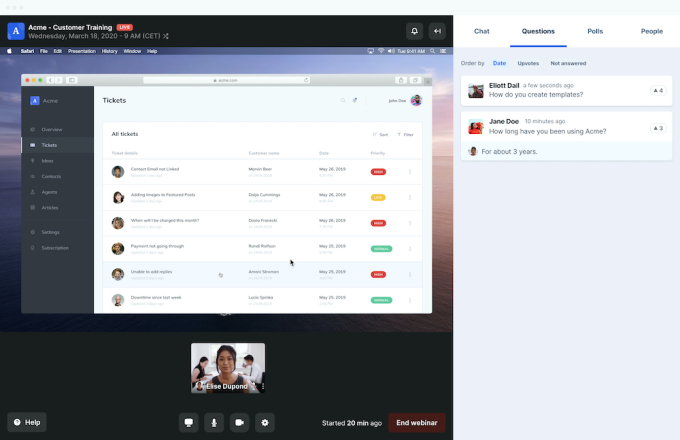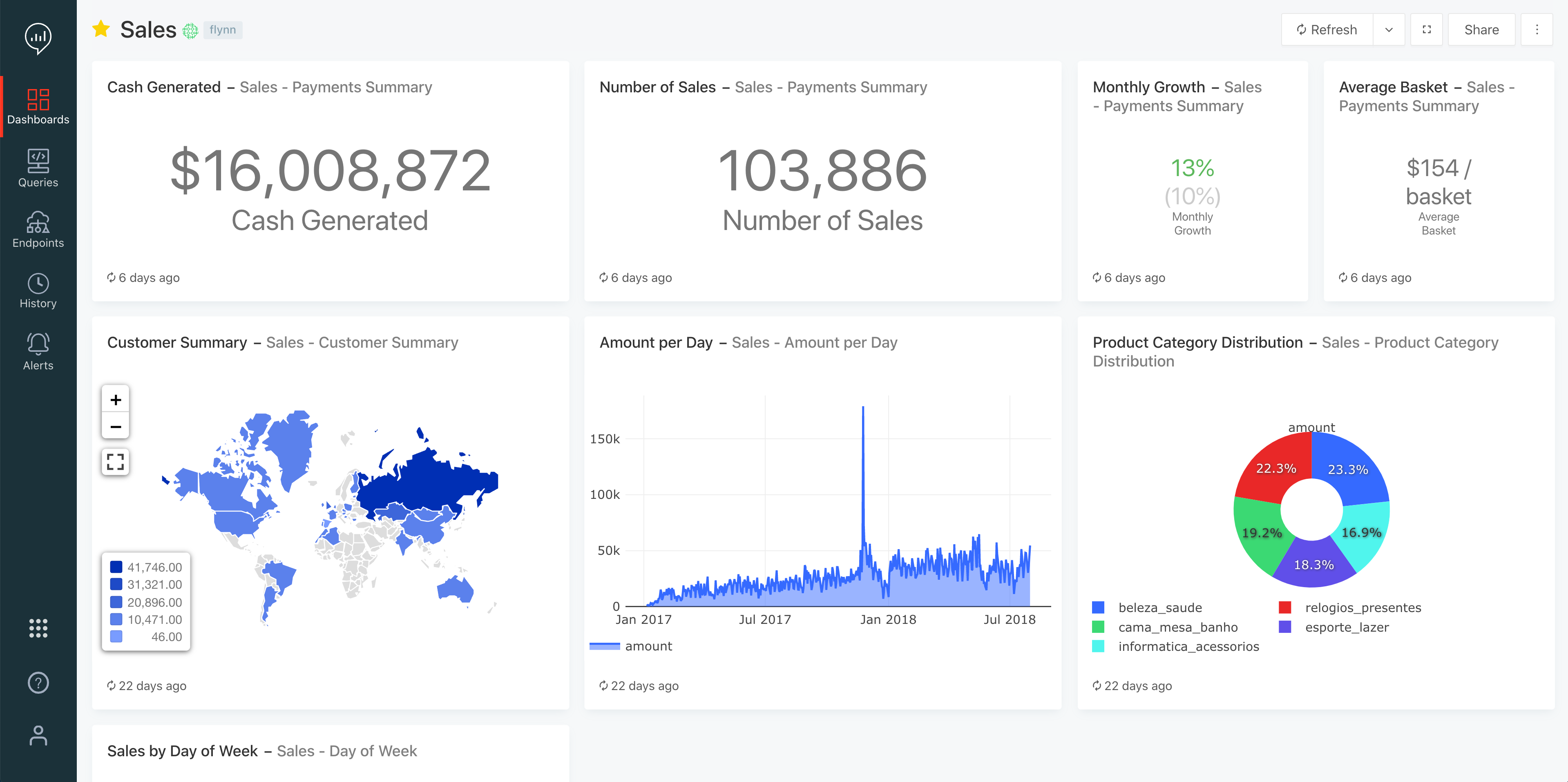Gretel announces $12M Series A to make it easier to anonymize data
As companies work with data, one of the big obstacles they face is making sure they are not exposing personally identifiable information (PII) or other sensitive data. It usually requires a painstaking manual effort to strip out that data. Gretel, an early stage startup, wants to change that by making it faster and easier to anonymize data sets. Today the company announced a $12 million Series A led by Greylock. The company has now raised $15.5 million.
Gretel founder and CEO Alex Watson says that his company was founded to make it simpler to anonymize data and unlock data sets that were previously out of reach because of privacy concerns.
“As a developer, you want to test an idea or build a new feature, and it can take weeks to get access to the data you need. Then essentially it boils down to getting approvals to get started, then snapshotting a database, and manually removing what looks like personal data and hoping that you got everything,”
Watson, who previously worked as a GM at AWS, believed that there needed to be a faster and more reliable way to anonymize the data, and that’s why he started Gretel. The first product is an open source, synthetic machine learning library for developers that strips out personally identifiable information.
“Developers use our open source library, which trains machine learning models on their sensitive data, then as that training is happening we are enforcing something called differential privacy, which basically ensures that the model doesn’t memorize details about secrets for individual people inside of the data,” he said. The result is a new artificial data set that is anonymized and safe to share across a business.
The company was founded last year, and they have actually used this year to develop the open source product and build an open source community around it. “So our approach and our go-to-market here is we’ve open sourced our underlying libraries, and we will also build a SaaS service that makes it really easy to generate synthetic data and anonymized data at scale,” he said.
As the founders build the company, they are looking at how to build a diverse and inclusive organization, something that they discuss at their regular founders’ meetings, especially as they look to take these investment dollars and begin to hire additional senior people.
“We make a conscious effort to have diverse candidates apply, and to really make sure we reach out to them and have a conversation, and that’s paid off, or is in the process of paying off I would say, with the candidates in our pipeline right now. So we’re excited. It’s tremendously important that we avoid group think that happens so often,” he said.
The company doesn’t have paying customers, but the plan is to build off the relationships it has with design partners and begin taking in revenue next year. Sridhar Ramaswamy, the partner at Greylock, who is leading the investment, says that his firm is placing a bet on a pre-revenue company because he sees great potential for a service like this.
“We think Gretel will democratize safe and controlled access to data for the whole world the way Github democratized source code access and control,” Ramaswamy said.
![]()








